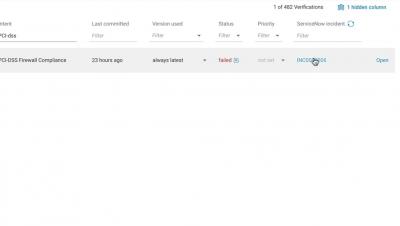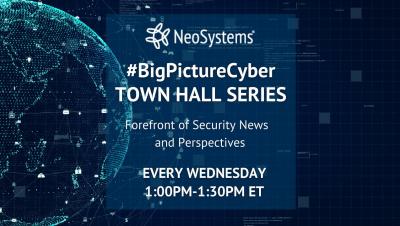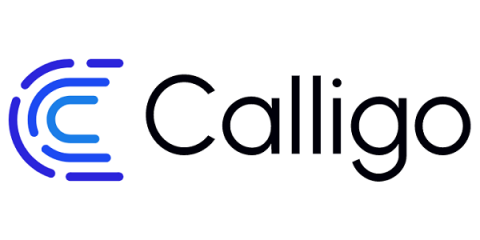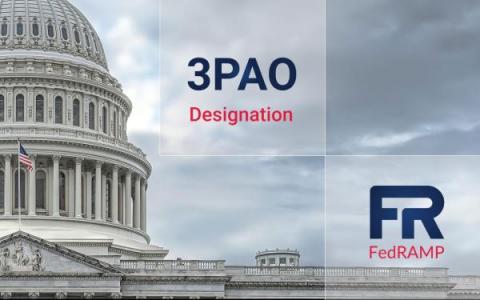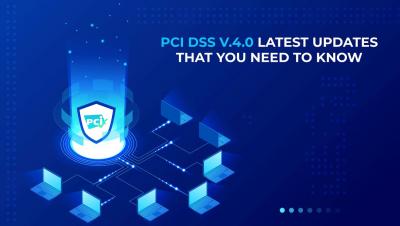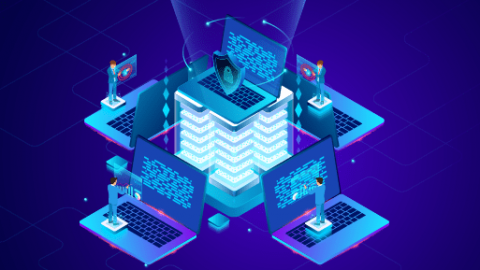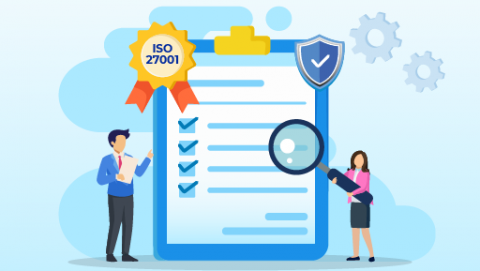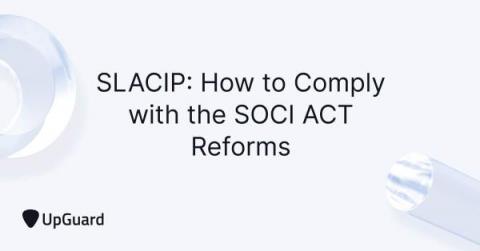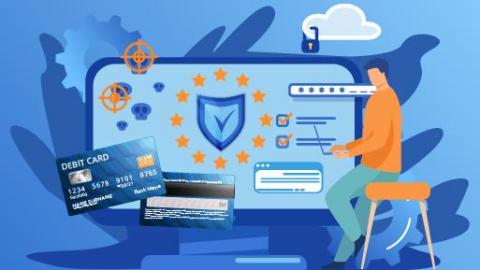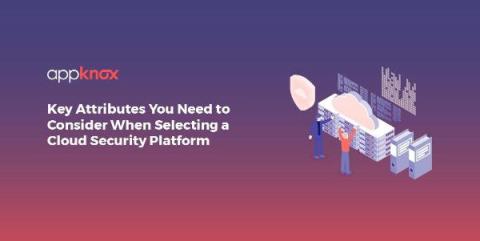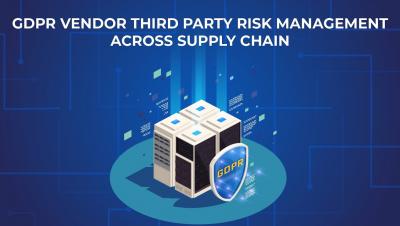Security | Threat Detection | Cyberattacks | DevSecOps | Compliance
April 2022
#BigPictureCyber Town Hall With Michael McLaughlin, UMD ARLIS | 4/27/22 | NeoSystems
How Calligo uses machine learning as a service (MLaaS)
In this blog post, we explore how we boost our MLaaS approach to create the best blend of innate human nuance and computational ability of machines to solve your business challenges…
Ignyte Assurance Platform Receives FedRAMP 3PAO Designation
Ignyte Platform Inc. is proud to announce that the Federal Risk and Authorization Management Program (FedRAMP) has recognized it as a designated third-party assessment organization (3PAO). This designation is over a year in the making after Ignyte announced in May of 2021 that it reached ISO 17020:2012 accreditation. FedRAMP is the United States Federal government’s way of ensuring the cloud-based products and services it uses are secure.
PCI DSS v.4.0 Latest Updates That You Need to Know
How to Create a Compliance Risk Assessment Template
Why Cybersecurity is Worth the Cost for Your Business
You probably have some form of cybersecurity program already in place. Maybe a Norton app that scanned this page for you before you opened it. While that may be good but yet not be enough to tackle or address the evolving cyber threats in the industry. We live in an era of rampant cyber security threats. Mistakes are as easy to make as they are punishing. In this article today let us take a look at why developing a cybersecurity program is worth the cost for your business.
ISO27001 Checklist of the Main Security Control Domain
Information Security Management System is an international standard designed to manage the security of sensitive information. At the core, ISMS is about managing the people, processes, and technology through a risk management program. While there are many standards under the ISO2000 family, the ISO27001 Standard is the most popular and widely accepted standard in the industry.
Securing the Digital Supply Chain Ep. 10 - Peeyush Ranjan
SLACIP: How to Comply with the SOCI ACT Reforms
On March 31, 2022, the Security Legislation Amendment Critical Infrastructure Protection Act 2022, also known as SLACIP, was passed by the Australian Parliament. The SLACIP Act aims to build upon the SOCI Act framework to improve the security of Australia’s critical infrastructures. To learn how the SOCI Act reforms will affect you and for guidance on how to comply with its new risk management requirements, read on.
SOC 2 Type 1 vs. Type 2
Build your robust data strategy the right way
To uncover how to build the best data strategy for your business, we chat with Adam Ryan, Calligo’s Chief Data Officer for Data Strategy on what to do, what to avoid – and everything else in between…
Streamline KYC Onboarding Workflow with Kroll's Business Connect Platform
Don't Just Ensure Cybersecurity Asset Compliance - Prove It
With cybersecurity asset compliance, it’s not enough to ensure your systems and processes are operating in accordance with security frameworks and regulations. Unless you can prove compliance, you’re still subject to failed audits and penalties. When you automate cybersecurity device assessment and policy enforcement with Forescout, passing compliance audits becomes a byproduct of security operations.
Top Tips for Moving from Compliance to Cybersecurity Excellence
Compliance should be an essential part of business operations, regardless of industry. Taking preventative measures to manage compliance and mitigate risk can feel like a hassle upfront, but it can save your organisation huge costs in the long run. Compliance violations can result in fines, penalties, lawsuits, loss of reputation, and more. However, your efforts should not stop at obtaining a compliance certificate, rather they should expand to accelerate your cybersecurity posture.
PCI DSS 4.0 - The Update
Regulatory Compliance - Holding Security Back or Forcing us to Reassess old biases?
A recent survey conducted by IBM and Censuswide of the UK market explored some of the drivers for modernisation and revealed some interesting challenges that organisations currently face as more and more businesses expand their digital boundaries.
How Compliance Can Strengthen Your Risk Posture
Tripwire & FoxGuard: Patching for compliance and security
There’s a saying in the cybersecurity community which states that just because you are compliant doesn’t mean that you are secure. Over the years, many images have been used to illustrate the point. One memorable image is that of a nude bicyclist wearing a helmet. By all standards, that is the epitome of “compliant, but not secure”. Many organizations have shifted the focus away from merely achieving compliance, to being both compliant and secure.
#BigPictureCyber Town Hall With MJ Thomas, Head of Cybersecurity, GD Bath Iron Works | 4/13/22
What is SOC 2?
How to Test for PCI Compliance
PCI compliance is a complicated matter. There are a number of different steps to meet and validate your achievement of the PCI DSS standard. In this guide, we’ll break down the steps in PCI compliance testing, the different types of PCI compliance tests, and how much it costs to complete this process.
What Is the Impact of the GDPR on Online Transactions?
From the first online transaction in 1994, we have seen online transactions evolve faster than anticipated. With this also came an evolution of rules and regulations to avoid the abuse of personal data. The GDPR is one such regulation that has an important role in regulating the whole structure of online transactions. It has also led to the development of specialized fintech cybersecurity. But what exactly is the impact of the GDPR, and how is it helping?
Key Attributes You Need to Consider When Selecting a Cloud Security Platform
As more and more businesses move towards cloud-based operations and embrace digital transformation, security is increasingly becoming an important question. As an enterprise migrates to the cloud, its assets and data resources need to be migrated as well, and that might expose the sensitive information.
Managing GDPR Vendor Third Party Risk Management Across Supply Chain
Guide on Cybersecurity Maturity Model Certification (CMMC 2.0)
CMMC 2.0 Model is the latest upgraded version of CMMC v 1.0 established back in 2020. The Department of Defense (DoD) in a bid to mitigate the growing risk of cyber security threats, released the Cybersecurity Maturity Model Certification (CMMC) framework in January 2020. The objective behind establishing this framework was to ensure that businesses maintain an appropriate level of cybersecurity to protect Federal Contact Information (FCI) and Controlled Unclassified Information (CUI).


